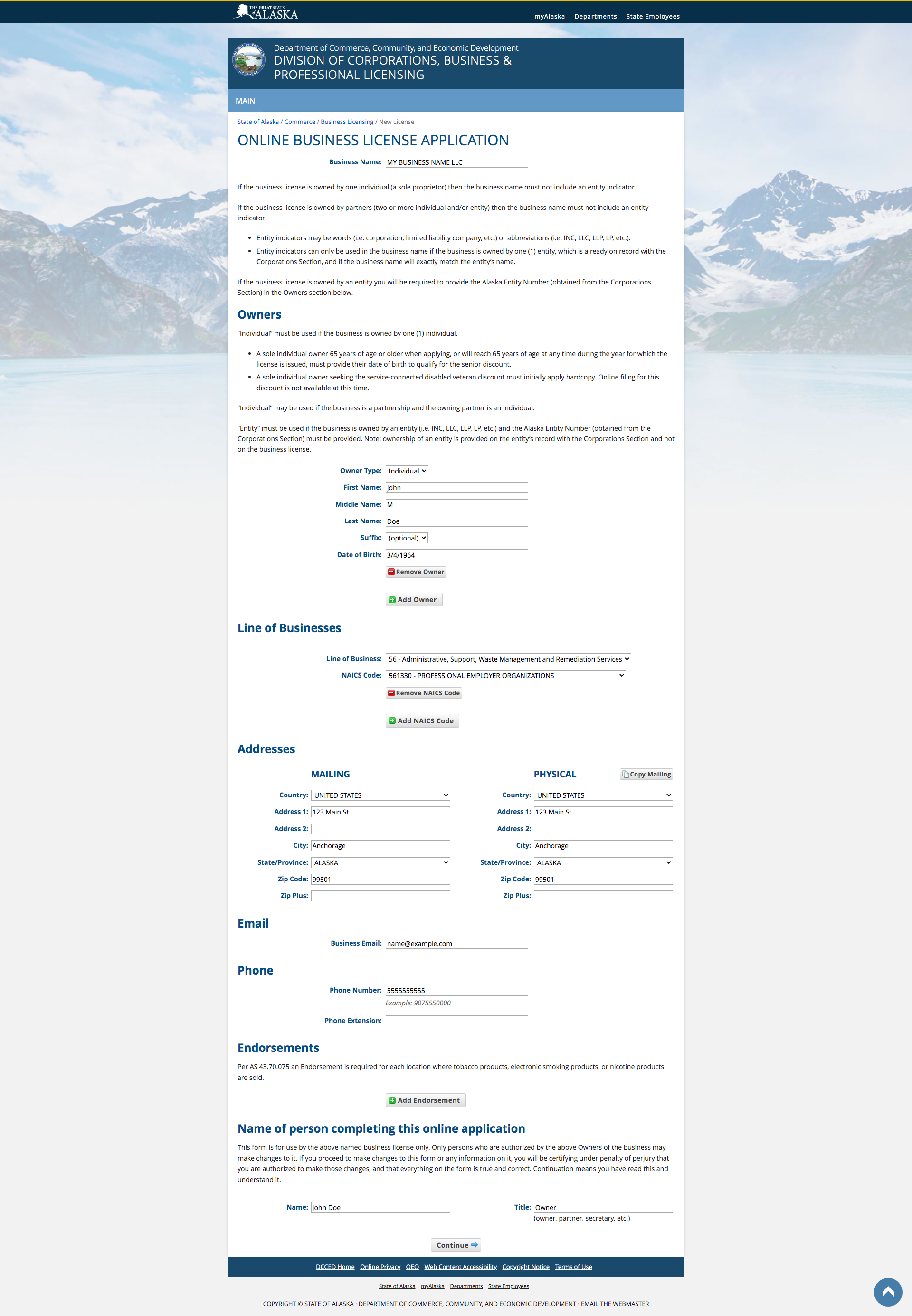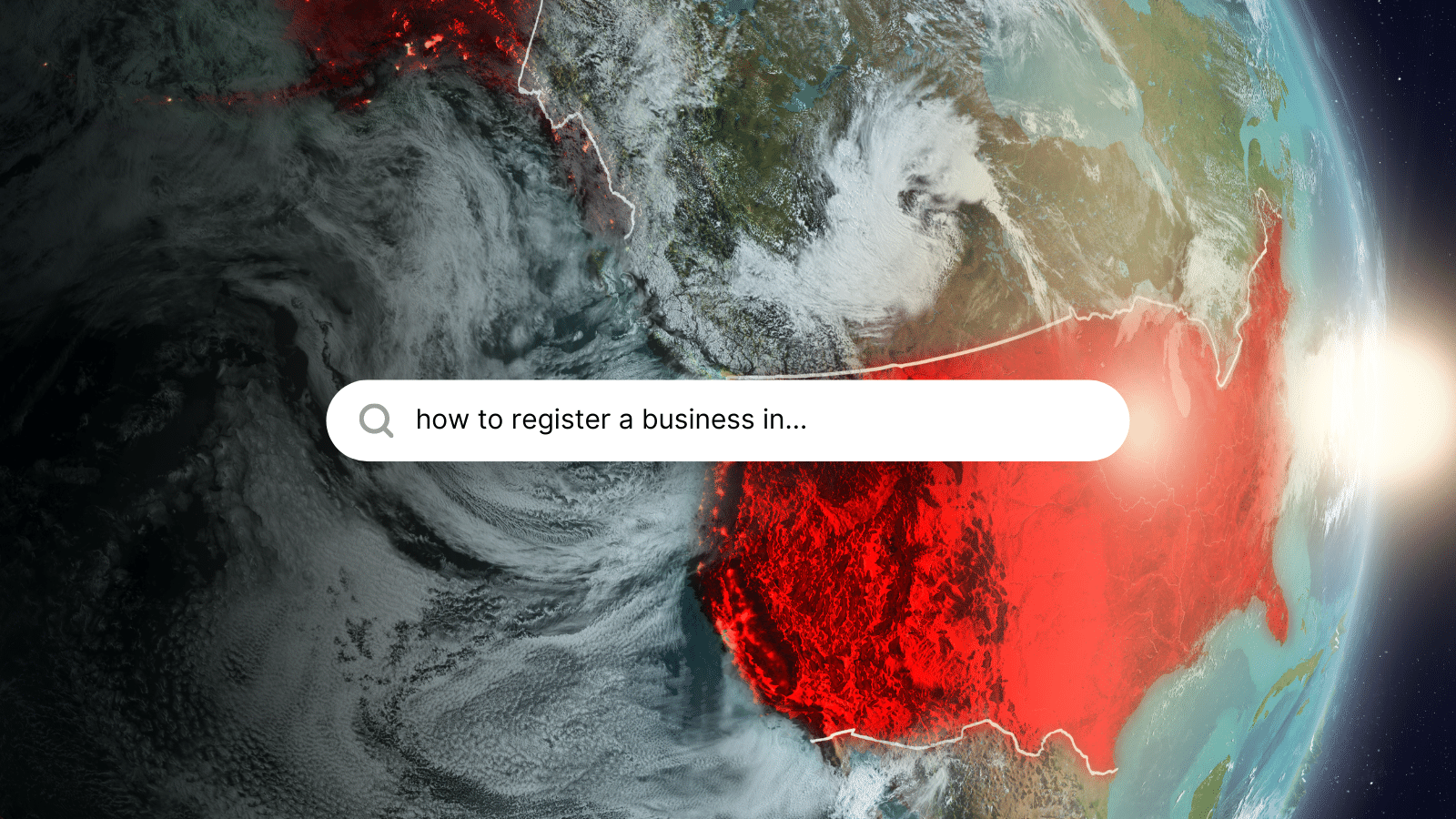The steps below are similar for all entity structures such as Limited Liability Companies, Corporations, Sole Proprietorships, etc. Please make sure to do research before submitting your filing. Your business may require state licensure, etc.
IMPORTANT: We recommend that you review the FAQ’s on this page before beginning your filing process: https://www.commerce.alaska.gov/web/cbpl/BusinessLicensing/NewBLOnline.aspx
Step 1: Find out if your business name is available.
Visit this link: https://www.commerce.alaska.gov/cbp/main/search/entities
Keep in mind that you’re going to want to type in different versions of your business name to make sure that you’re not duplicating someone else’s business name.
This is also important for marketing purposes, as you do not want customers confusing your business with someone else’s company!
Step 2: Decide what kind of business structure you want.
For the purposes of continuity and clarity, this article will focus on starting a single-member LLC.
Step 3: Determine your Registered Agent
If you are filing by yourself as the sole owner of your business, you will only need to worry about your own personal information. You will be the “registered agent” – this is the person who will handle all legal aspects of your business.
Step 4: Begin the filing process.
Visit this link: https://www.commerce.alaska.gov/cbp/businesslicense/new/
View the image below for your state to guide you through the process. Alaska’s filing is very simple, and as of the date of this article is FREE to anyone wanting to start a business.
NOTE: A NAICS code is required for state and federal business contracts. If you plan on doing business with any kind of government entity, you will need to identify which one your business falls under.

Step 5: Complete the checkout process.
You should only need to file once with your state, so make sure you pay for your company’s registration successfully.
Step 6: Wait for the Secretary of State to approve your filing.
If something goes wrong during the process, the state will reach out to you to correct any issues.
Step 7: Keep your documents safe!
Store your digital files in multiple locations on your computer, in the cloud, and print a physical copy of each to ensure that you don’t lose them. After a certain amount of time, you won’t be able to access your documents any more, and will have to request copies if you lose yours.

